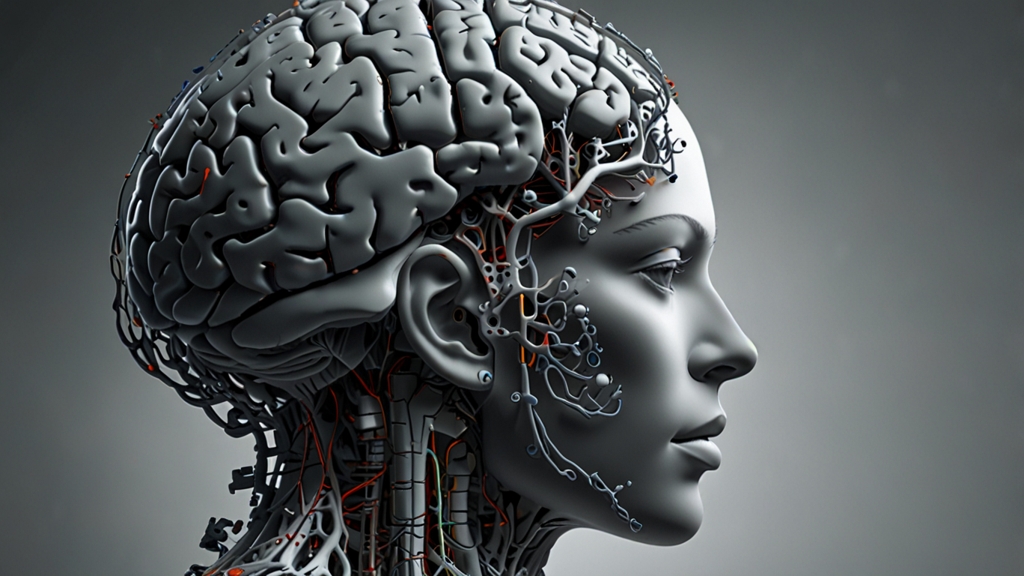DNA and Identity: How Genetics Shapes Who You Are
DNA, or deoxyribonucleic acid, is the molecular blueprint that dictates much of who we are. Encoded within the DNA in our cells are the instructions for building and maintaining our bodies, and these genetic instructions play a significant role in determining our physical traits, susceptibilities to certain diseases, and even aspects of our behavior and personality. Understanding how genetics shapes our identity offers valuable insights into the complex interplay between our biology and our sense of self.
The Basics of DNA
At its core, DNA is composed of molecules called nucleotides, which are arranged in two long strands that form a double helix. There are four types of nucleotides, distinguished by the bases adenine (A), thymine (T), cytosine (C), and guanine (G). The sequence of these bases encodes genetic information, much like letters create words and sentences in a language.
Each person's DNA sequence is unique, with the exception of identical twins. This uniqueness comes from small variations in the DNA sequence called single nucleotide polymorphisms (SNPs). These SNPs contribute to the diversity of human traits and can influence everything from our eye color to our risk for certain genetic conditions.
Genetics and Physical Traits
The most visible impact of our DNA is on our physical appearance. Genes determine characteristics such as height, eye color, hair color, and skin tone. In most cases, these traits result from the interaction of multiple genes. For example, a complex interplay between several genes influences height, rather than a single "height gene."
Moreover, some genetic traits follow Mendelian inheritance patterns, where traits are inherited from our parents according to specific rules initially described by Gregor Mendel. Dominant and recessive alleles can explain why certain traits, like dimples or earlobes shape, might appear in one generation and not the next.
Genetics and Health
Beyond physical traits, genetics profoundly impacts our health. Certain genetic mutations can predispose individuals to specific illnesses. For instance, mutations in the BRCA1 and BRCA2 genes significantly increase the risk of breast and ovarian cancers. Knowledge of such genetic predispositions enables individuals and healthcare providers to take proactive measures, such as increased screening and preventive surgeries.
Likewise, genetics plays a role in how our bodies respond to medications, a field known as pharmacogenomics. Variations in genes that encode drug-metabolizing enzymes can affect the efficacy and safety of certain medications. By understanding a patient’s genetic profile, doctors can tailor treatments to achieve better outcomes with fewer side effects.
Genetics and Behavior
"Genes and environment interact to shape who we are. Understanding this relationship can help us appreciate the complexity of human behavior and personality." – Dr. Jane Goodall
The influence of genetics extends beyond our physical health and appearance to include aspects of our behavior, temperament, and personality. While the environment plays a crucial role, studies of twins and family members suggest that genetics significantly contribute to traits like intelligence, extraversion, and neuroticism. For example, research indicates a genetic component to conditions such as autism, schizophrenia, and bipolar disorder.
Epigenetics: The Interplay Between Genes and Environment
"While our genes lay the groundwork for who we are, the environment can modify the expression of these genes. This dynamic interplay is what makes each individual unique." – Dr. Francis Collins
Epigenetics is the study of changes in gene expression that do not involve alterations to the DNA sequence. These changes can be triggered by various environmental factors, such as diet, stress, and exposure to toxins. Epigenetic modifications can turn genes on or off, influencing traits and behaviors.
For instance, identical twins with the same genetic makeup can exhibit differences in appearance, health, and personality due to epigenetic changes. These changes highlight the beautiful complexity of human development and the intricate dance between our genetic blueprint and the environment we navigate.
Conclusion
DNA is undeniably a fundamental component of our identity, influencing a wide array of traits, from our appearance to our health and behavior. However, it is the dynamic interaction between our genetic code and environmental factors that ultimately shapes who we are. By appreciating the roles of both genetics and the environment, we can gain a deeper understanding of the rich tapestry that constitutes human identity.
"In the intricate and interwoven narrative of our lives, genetics sets the stage, but our experiences write the script.” – Anon
The ongoing advancements in genetic research continue to unravel the mysteries of how our DNA shapes us, offering not just answers but also new questions about the essence of individuality and the potential for future discoveries and medical innovations.











